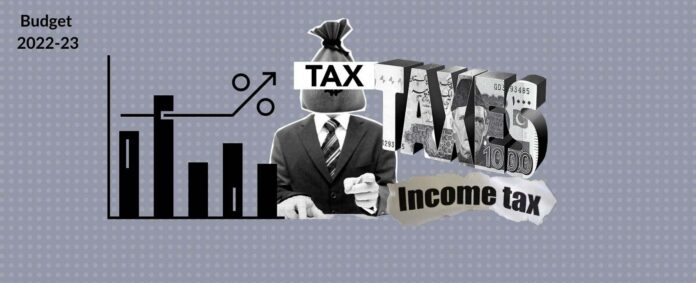Federal Minister for Finance and Revenue Miftah Ismail will divulge the truly necessary federal financial plan for the following monetary year 2022-23 on June 10. With dreary monetary circumstance of the nation presently, a lot is on the line.
As the financial plan comes in the midst of a monetary development of 6% (temporary), everyone is focused on the new alliance government to perceive how it focuses on its spending to get the emergency hit country in the groove again.
With the public authority all set to reveal spending plan 2022-23 today, here’s a one-stop guide for all monetary terms to assist you with understanding the shapes of the finance bill.
GDP
GDP or GDP is the all out money related or market worth of the multitude of completed labor and products created inside a nation’s lines in a particular time span.
PSDP
The Public Sector Development Program (PSDP) is a significant public mediation to spike private speculation via creating human resources and working on the framework. The PSDP is lined up with the in general long haul development goals of the public authority.
Revenue
The revenue financial plan gives the subtleties of the sources from where the public authority’s revenue is coming. Revenue receipts can be further ordered into charge revenue and non-charge revenue.
Charge revenue — all the revenue gathered from charges on pay and benefits, government managed retirement commitments, charges demanded on labor and products, finance charges, charges on the proprietorship and move of property, and other duties
Non-charge revenue — it is the repetitive pay procured by the public authority from sources other than charges; these incorporate eminences, profits on government interests in state-claimed undertakings, and so forth.
Use
Government spending or use incorporates all administration utilization, speculation, and move installment. It very well may be further grouped into capital consumption and revenue use.
Capital use — the sum spent on making resources, fundamentally long haul costs. It is a reason for a decrease in the public authority’s liabilities. It adds to the capital supply of the economy and is non-repeating in nature.
Revenue consumption — these are momentary costs utilized in the ongoing time frame or commonly in one year or less.
Monetary shortage
It is a deficit in an administration’s pay contrasted and its spending. An administration that has a monetary shortage is spending too far in the red.
Supporting
Supporting is the most common way of giving assets to business exercises, making buys, or effective financial planning.
Spending plan deficiency
A spending plan shortage happens when costs surpass revenue, and it can demonstrate the monetary wellbeing of a country.
Obligation to-GDP proportion
The obligation to-GDP proportion is the measurement contrasting a country’s public obligation with its GDP.
Endowments
An endowment is an advantage given to individuals by the public authority. It very well may be immediate (like money installments) or backhanded, (for example, tax cuts).
Obligation administration
Obligation administration is the money that is expected to cover the reimbursement of premium and head on an obligation for a specific period
Charge to-GDP
A duty to-GDP proportion is a figure to check a country’s expense revenue comparative with the size of its economy as estimated by the GDP.



